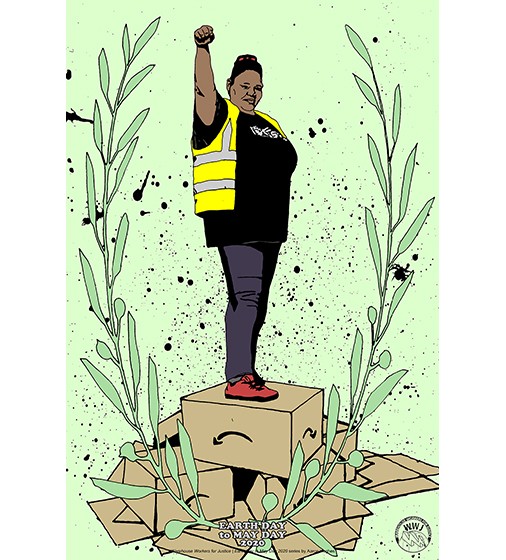
Gender discrimination at work is illegal in the United States–but occupational gender segregation persists nonetheless. Though social arrangements of gender have changed significantly over the years and are in persistent flux, gender norms remain pervasive in many aspects of modern society. But in a country that has outlawed outright discrimination in hiring, how do job recruitment advertisements perpetuate gendered segregation?
In a recent paper published in Social Problems, I explore how online job platforms geared towards Chinese immigrants enforce occupational segregation for the restaurant and nail salon industries. Through a qualitative analysis of the 168worker platform, I find that employers maintain gender homogeneity in male-dominated restaurant kitchens and female-dominated nail salons through explicit discrimination, while also broadcasting gender norms that reproduce traditional enactments of masculinity and femininity on the job.
Continue Reading…








